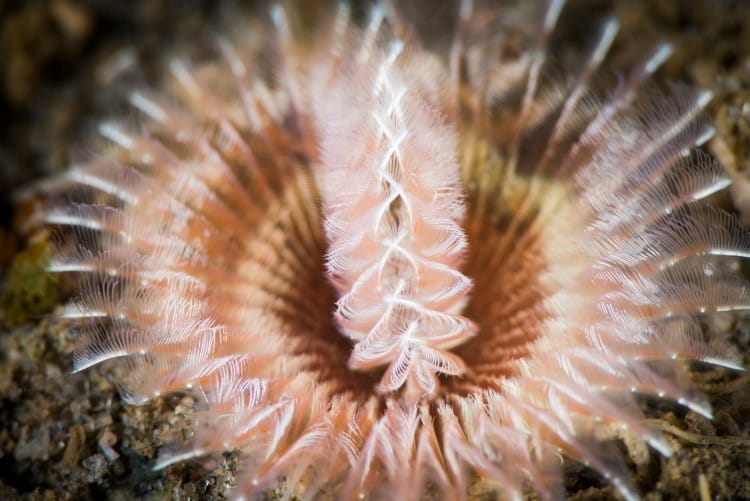
Group of the month July – Phoronida
This month, I wish to present a very beautiful invertebrate phyla, namely Phoronida – also known as Horseshoe worms. The phylum is fairly small, with... Read more.
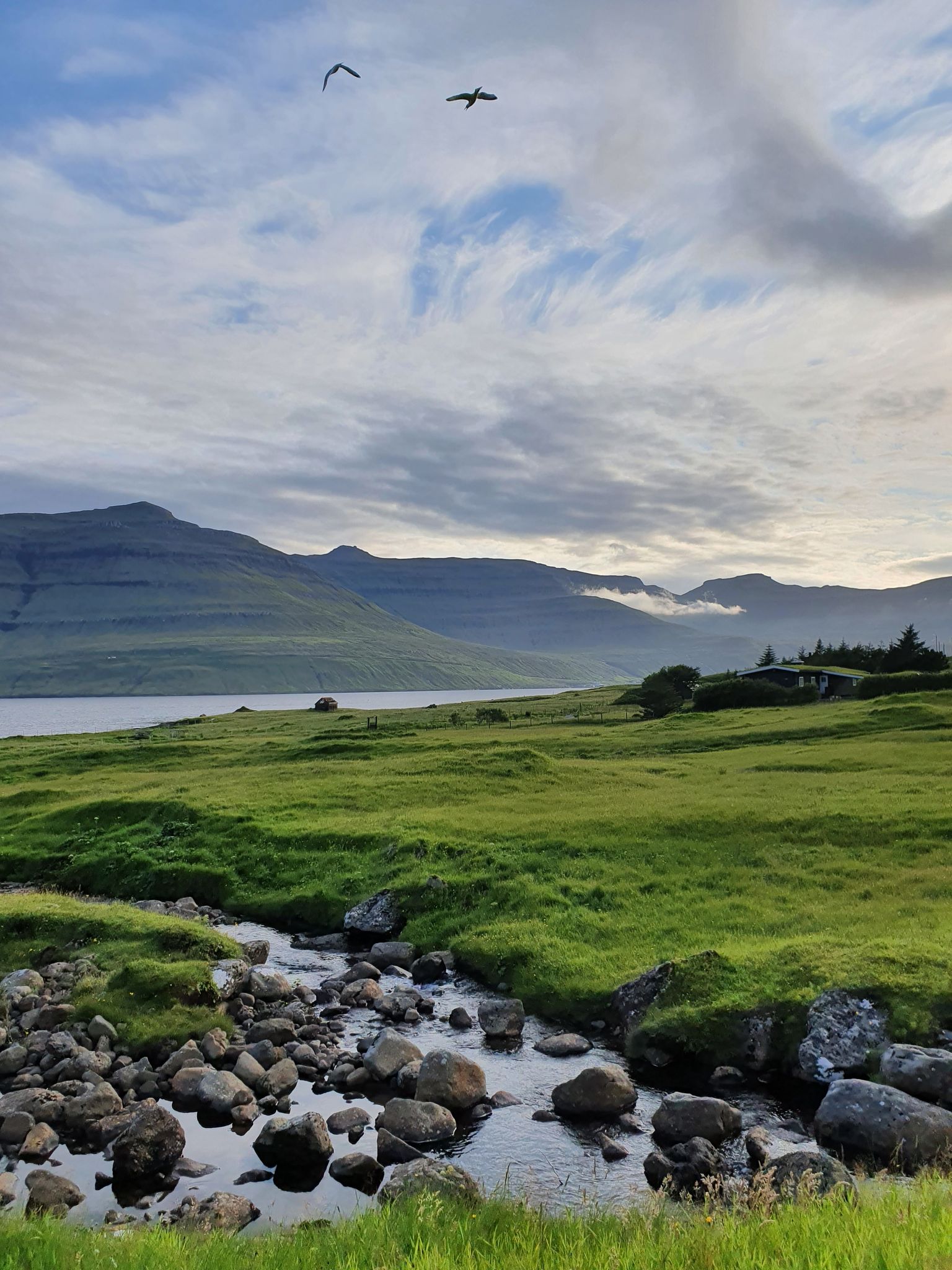
Door 13: The diversity of tasks for a PhD-student at NHM
Today is the 13th of December, as today I have chosen a different aspect of “diversity” namely the diversity of tasks a PhD-student at the Natural History museum... Read more.
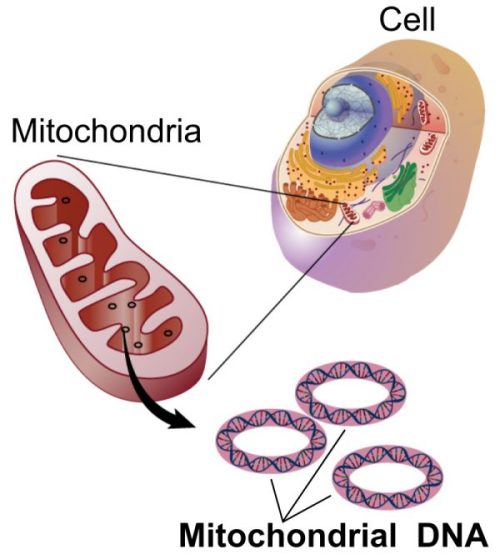
Door 2: Mitochondrial genomes and why they are so great
The mitochondria is the organelle within the cell which is regarded as the cells “power house”. This is because they play a crucial role in energy production... Read more.
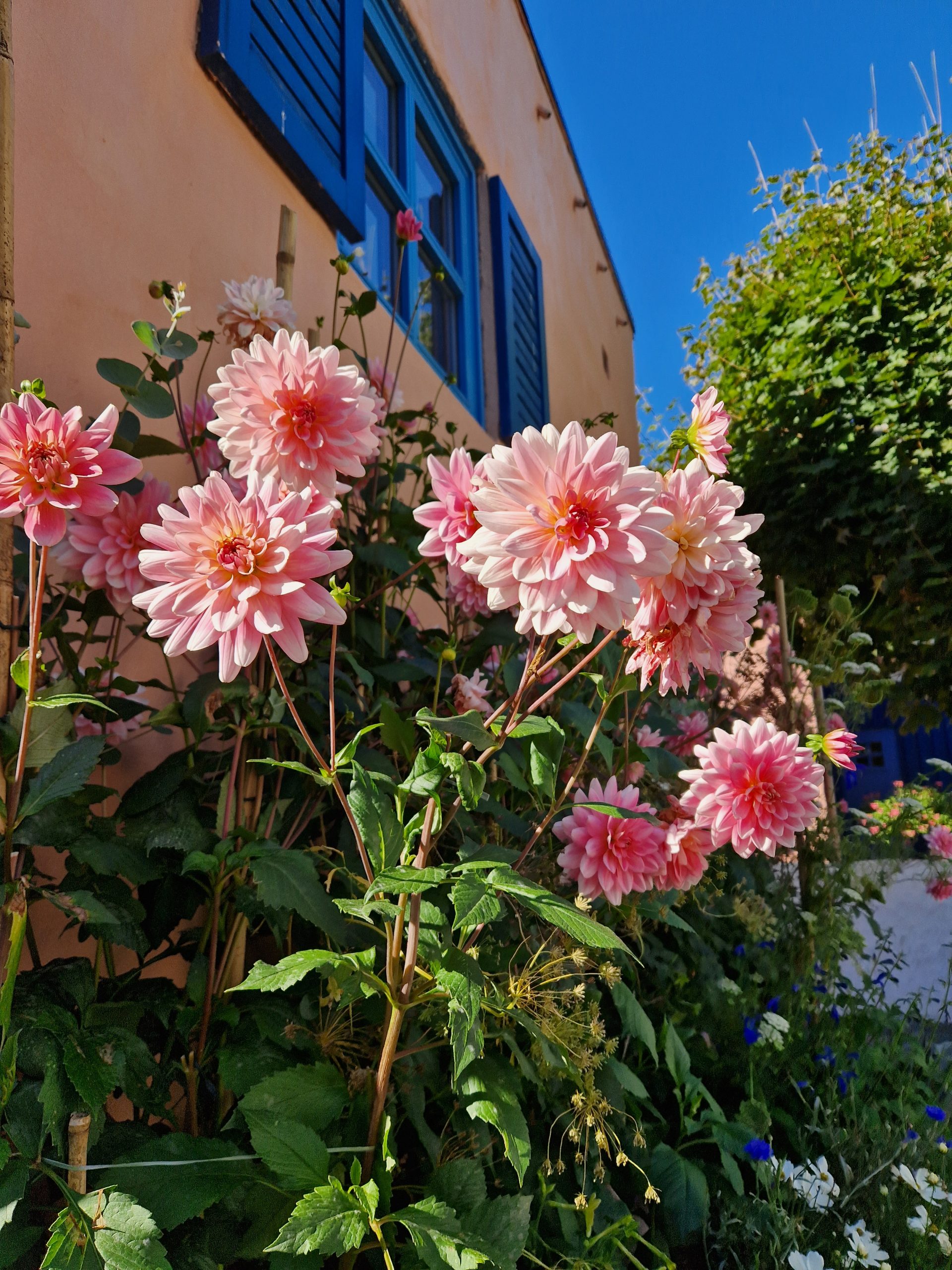
FEZ group retreat September 2023
Our group went in the beginning of September on a three day social retreat to the beautiful city in southern Norway, namely Kristiansand. The purpose of this trip... Read more.
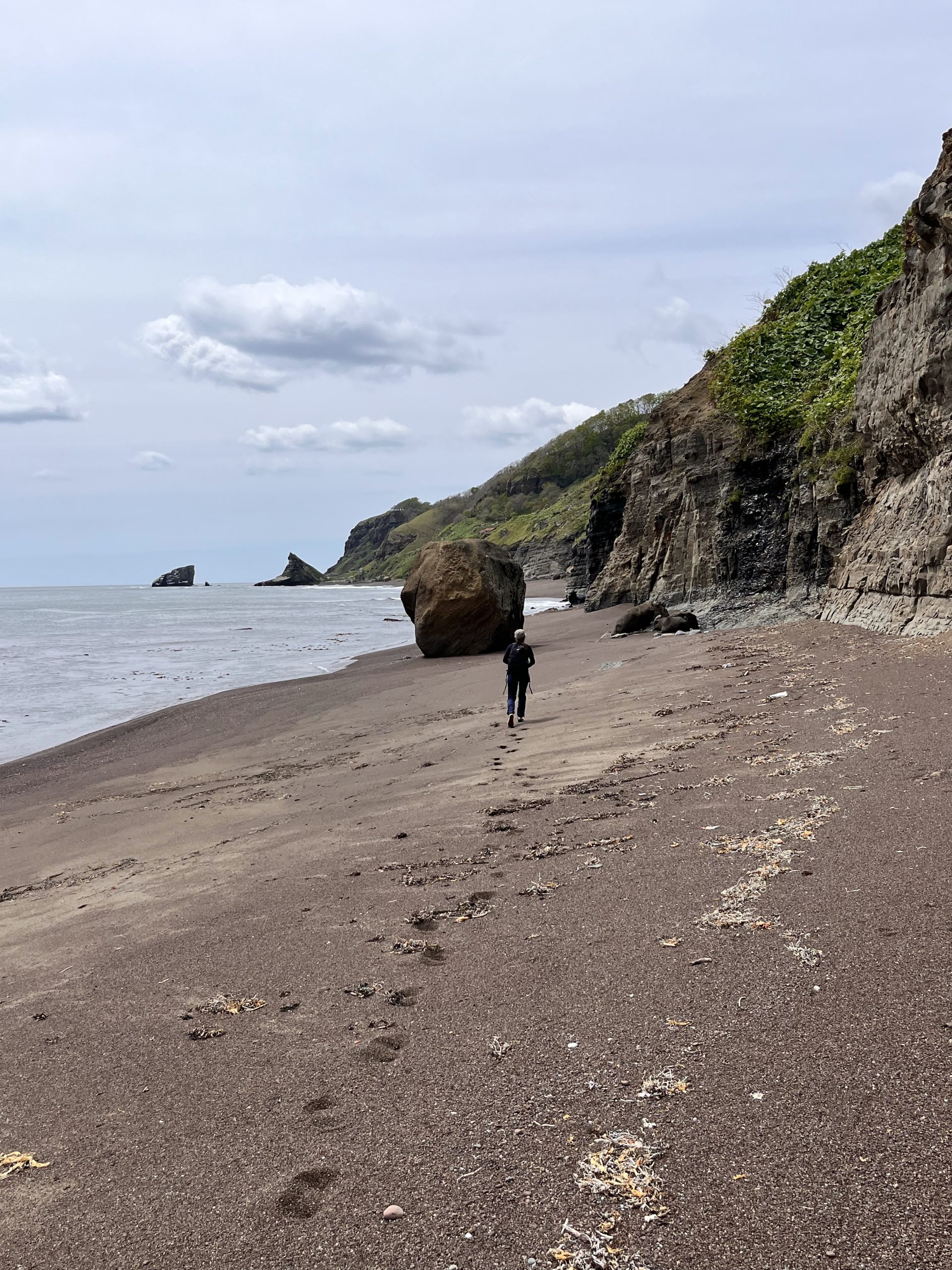
Beetle hunt in Japan – spring 2023
One of the best things with being a PhD-student at the Natural History Museum is the chance to do fieldwork. Most of our group members are doing fieldwork regularly... Read more.

Group of the month: Hydrozoa
This month at the blog, we wish to present Hydroza, which is a class found within phylum Cnidaria. This lesser-known taxa is perhaps more known than thought, as... Read more.

Group of the month: Phylum Bryozoa
Here at our blog, we will keep writing posts about our current projects, but we’ll also start a new blog series; group of the month. To kick start the new year... Read more.
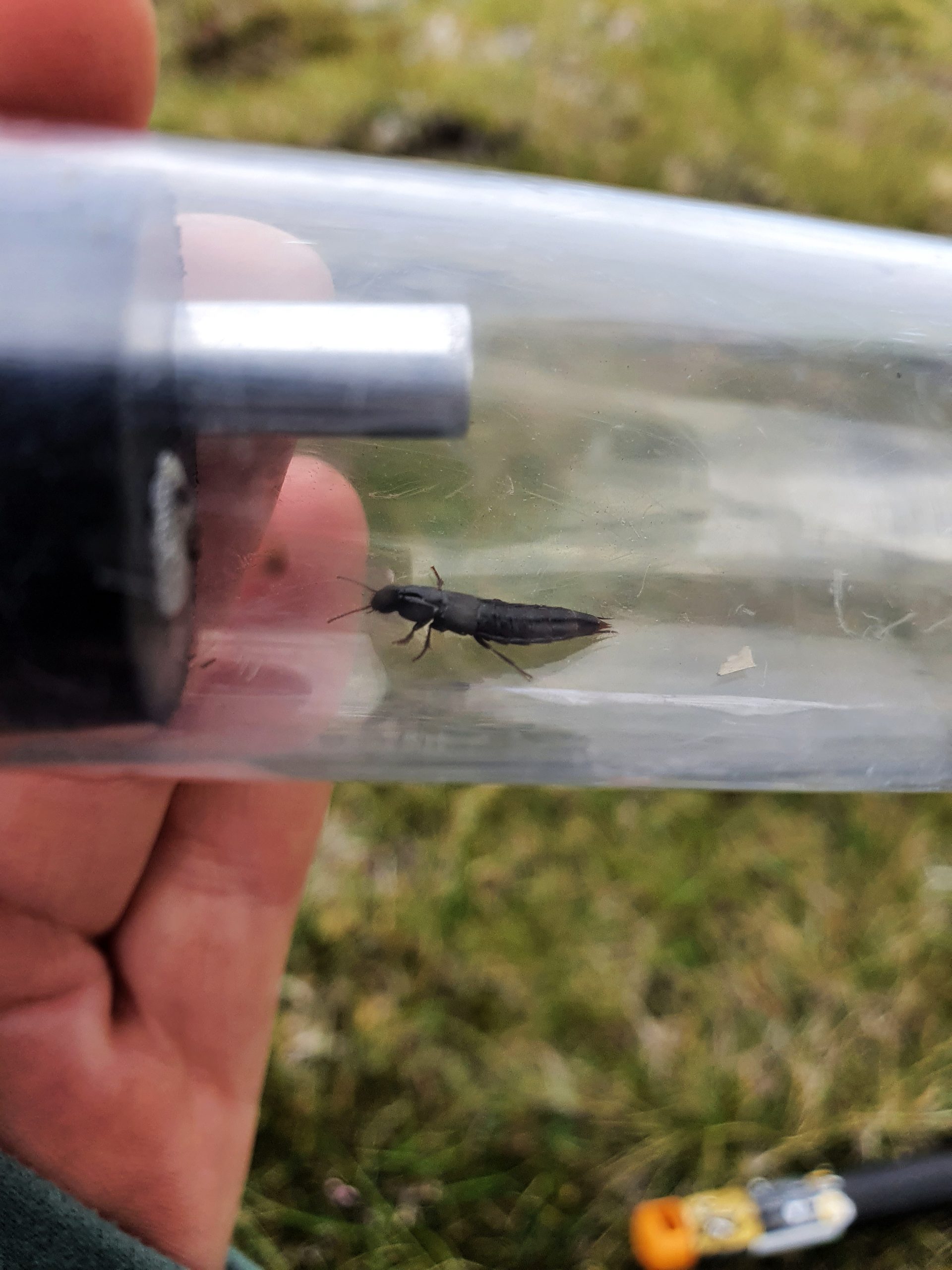
Door 23: The origin of the Islandic beetle-fauna
By Vetle Løveng Since last year’s entry, I have yet to come to a conclusion on the origin of the Islandic beetle-fauna. All the collecting and lab work is done,... Read more.
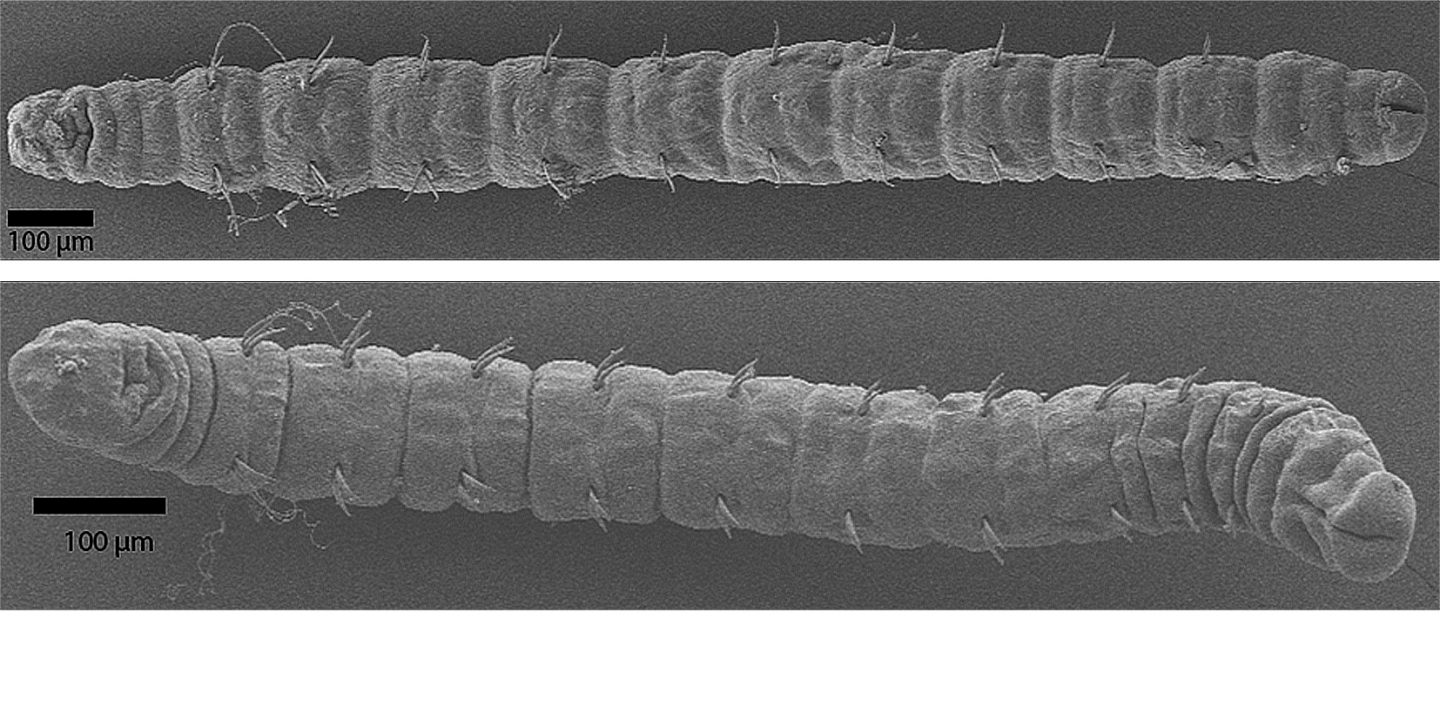
Door 15: Cryptic species and public outreach
An essential aspect of doing research and working as a scientist is to communicate to the larger public interesting and important results. Outreach to the public... Read more.
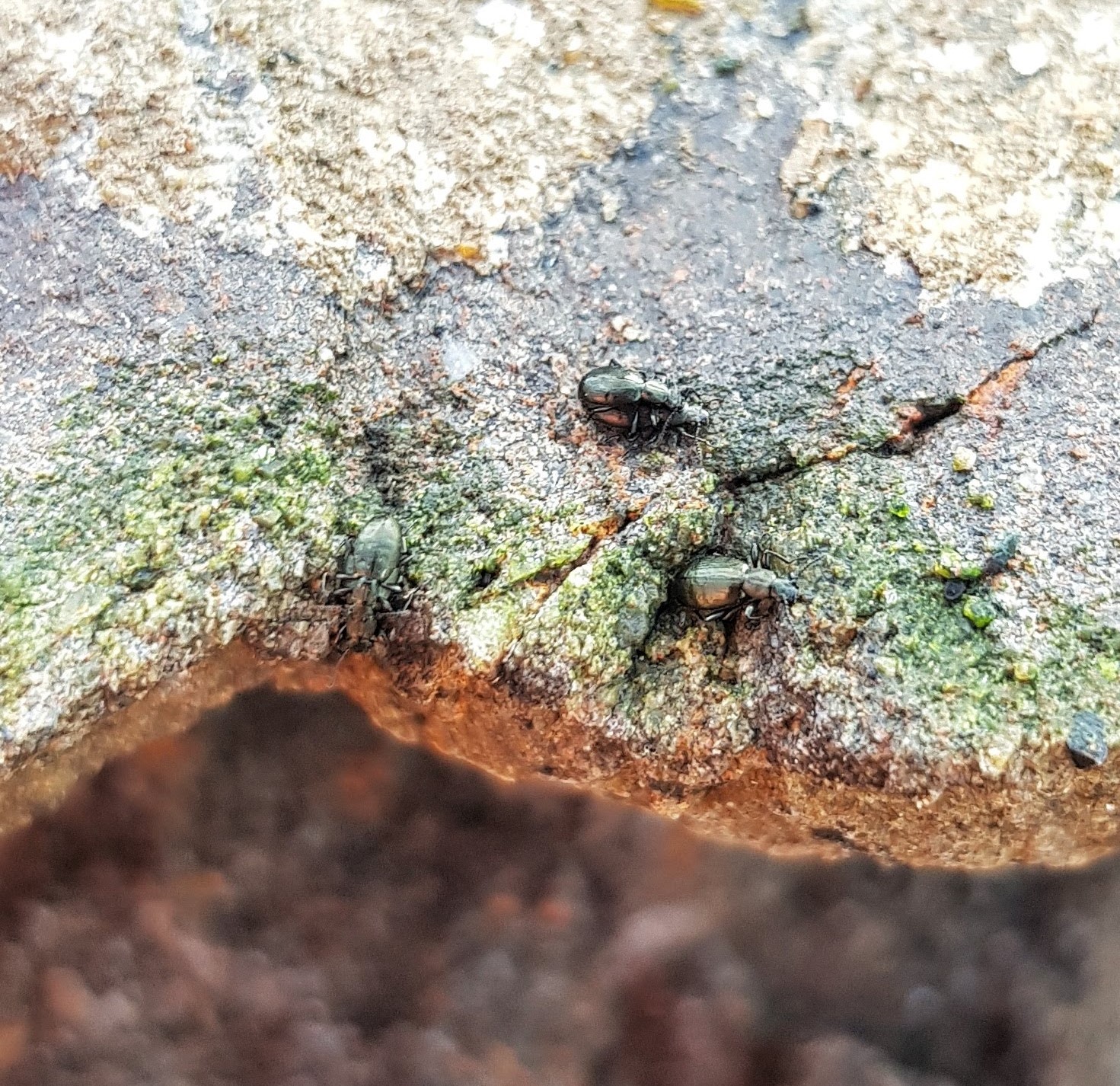
December 7: How are the Aegialites-beetles?
A year has passed since the last update on my project related to the Aegialites-beetles. Throughout the year, the project has moved slowly forward with some minor... Read more.